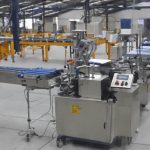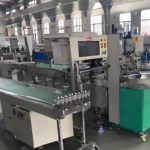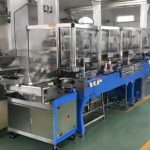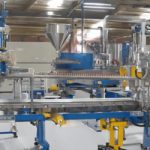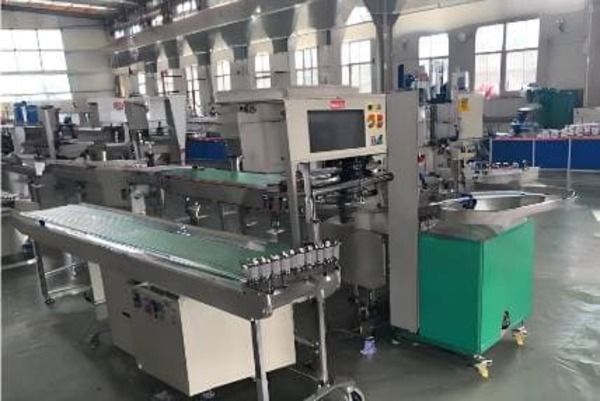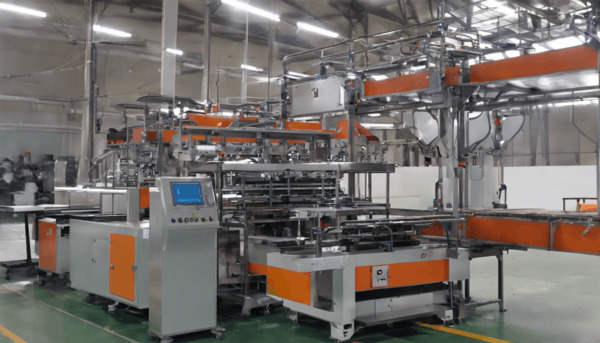
Understanding Chamber Vacuum Packers
A chamber vacuum packer is a specialized piece of equipment widely used in industries such as food packaging, pharmaceuticals, electronics, and more. It operates by removing air from a sealed environment to create a vacuum around the product being packaged. This process extends the shelf life of products, maintains their quality, and protects them from external contaminants such as bacteria, moisture, and oxygen.
Chamber vacuum packers are different from external vacuum sealers. Instead of simply removing air from a bag outside the machine, these devices place the entire product and its packaging inside a chamber for vacuum sealing. The technology is more advanced and versatile, making it suitable for a broader range of applications. Let’s delve deeper into how these machines work, their benefits, types, and applications.
How Does a Chamber Vacuum Packer Work?
The Basic Process
The operation of a chamber vacuum packer involves several distinct steps:
- Loading the Product: The product to be sealed is placed in a vacuum-sealable bag made from specialized plastic material designed to withstand the vacuum process.
- Placing the Bag in the Chamber: The open end of the bag is positioned on the sealing bar within the machine’s chamber.
- Vacuum Process: The chamber lid is closed, and the machine removes the air from both the bag and the chamber, creating a vacuum inside.
- Sealing: Once the desired vacuum level is achieved, the machine uses heat to seal the open end of the bag, ensuring an airtight closure.
- Returning to Atmospheric Pressure: After sealing, air is reintroduced into the chamber, and the sealed product is removed.
This entire process is typically automated in modern machines and can be completed within seconds or minutes, depending on the size of the chamber and the settings used.
Key Components
The main components of a chamber vacuum packer include:
- Vacuum Chamber: This is where the product and bag are placed for sealing.
- Sealing Bar: A heated bar that melts and seals the open edge of the bag.
- Vacuum Pump: Responsible for removing air from the chamber.
- Control Panel: Allows users to set parameters such as vacuum time, sealing time, and cooling time.
- Transparent Lid: Enables users to observe the vacuuming and sealing process.
Benefits of Chamber Vacuum Packers
Chamber vacuum packers offer several advantages over traditional packaging methods and external vacuum sealers:
1. Extended Shelf Life
By removing air, these machines slow down the growth of aerobic microorganisms such as bacteria and fungi. This significantly extends the shelf life of perishable products such as meat, seafood, dairy, and fresh produce.
2. Improved Product Quality
Vacuum packing preserves the taste, texture, and nutritional value of food products by preventing oxidation and dehydration.
3. Versatility
Unlike external sealers, chamber vacuum packers can handle liquids and powders without compromising the quality of the seal. This makes them ideal for soups, sauces, and other liquid-rich items.
4. Consistency
These machines provide uniform results every time, ensuring airtight seals that meet industrial standards.
5. Cost Efficiency
In commercial settings, reducing food spoilage can result in significant cost savings over time. Additionally, using durable bags reduces waste compared to single-use packaging materials.
Applications of Chamber Vacuum Packers
Chamber vacuum packers are used across various industries due to their adaptability and efficiency:
1. Food Industry
The most common application is in food packaging. Restaurants use them for sous vide cooking preparations, while food manufacturers use them to package fresh or processed foods for retail.
2. Pharmaceuticals
Pharmaceutical companies use these machines to package medicines and medical devices in sterile environments free from contaminants.
3. Electronics
Vacuum packing protects sensitive electronic components from moisture and static during storage or transport.
4. Industrial Manufacturing
In manufacturing settings, these machines are used for packaging items that require protection from air exposure, such as chemicals or specialized tools.
Types of Chamber Vacuum Packers
Chamber vacuum packers come in various designs to suit different operational needs:
1. Tabletop Models
Compact and portable, these models are ideal for small businesses or home users who need a cost-effective solution for low-volume packaging.
2. Floor-Standing Models
These are larger machines designed for medium to high-volume operations in commercial settings such as restaurants or food processing facilities.
3. Double-Chamber Machines
Double-chamber models allow for continuous operation by alternating between two chambers, increasing efficiency for high-volume production lines.
4. Automatic Machines
Fully automated models streamline the process further by integrating conveyor belts or robotic arms for loading and unloading products.
Considerations When Choosing a Chamber Vacuum Packer
When selecting a chamber vacuum packer for your specific needs, consider the following factors:
- Chamber Size: Choose a machine that accommodates your product dimensions.
- Vacuum Pump Capacity: Larger pumps are required for high-volume operations or bulky products.
- Control Features: Look for machines with programmable settings for different packaging requirements.
- Material Compatibility: Ensure the machine works with your preferred bag materials.
- Budget: While high-end models offer more features, ensure they align with your operational needs to justify the investment.
Maintenance and Troubleshooting
Proper maintenance ensures long-term performance and reliability:
- Regularly clean the machine to prevent residue buildup on sealing bars or inside chambers.
- Replace worn-out sealing strips or gaskets as needed.
- Check oil levels in vacuum pumps (if applicable) and replace according to manufacturer guidelines.
- Conduct routine inspections for electrical or mechanical issues.
If troubleshooting is required, consult the user manual or seek professional assistance to address issues such as incomplete seals or reduced vacuum pressure.
Conclusion
Chamber vacuum packers are indispensable tools in modern packaging solutions across multiple industries due to their ability to enhance product longevity and quality while reducing waste and costs. Whether you’re in food production, pharmaceuticals, or industrial manufacturing, investing in a chamber vacuum packer can bring substantial benefits to your operations through improved efficiency and sustainability.
